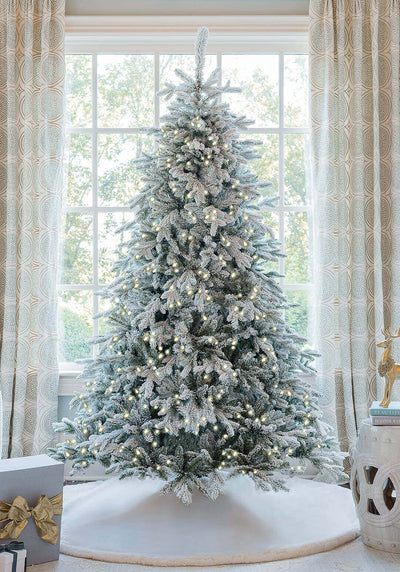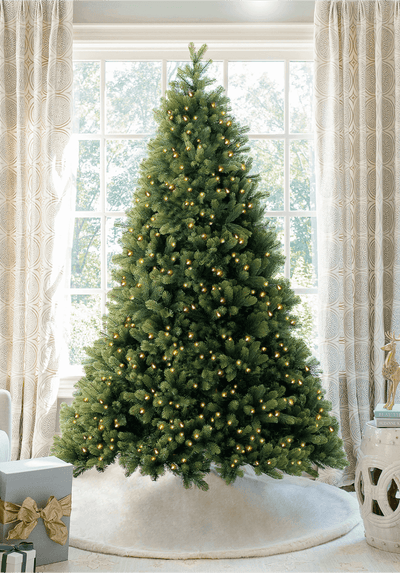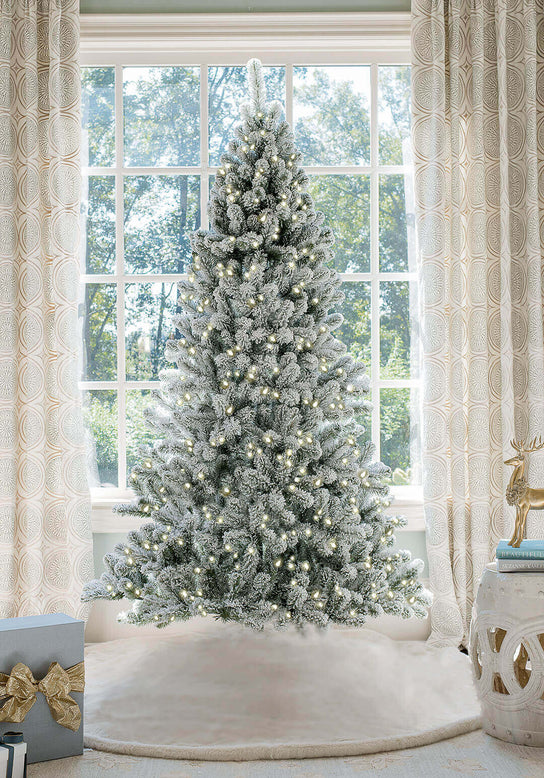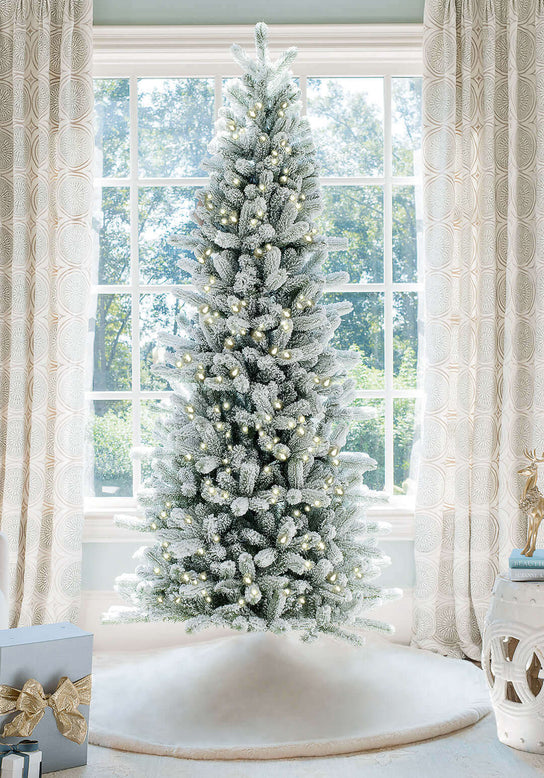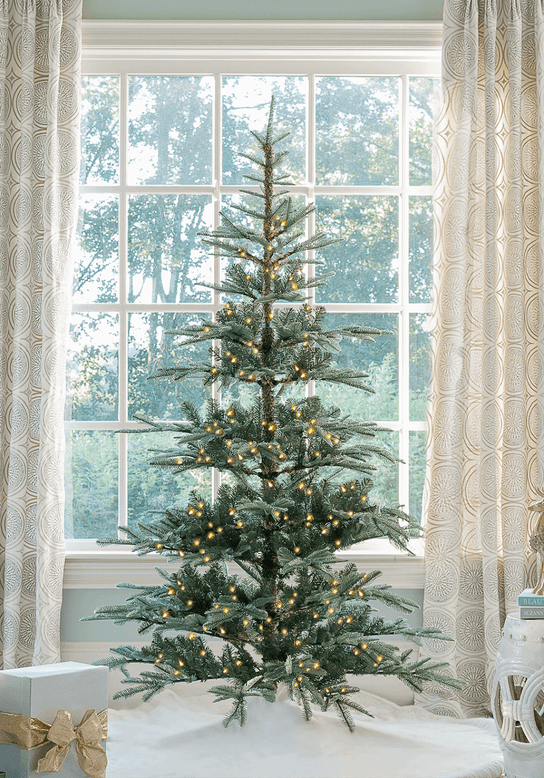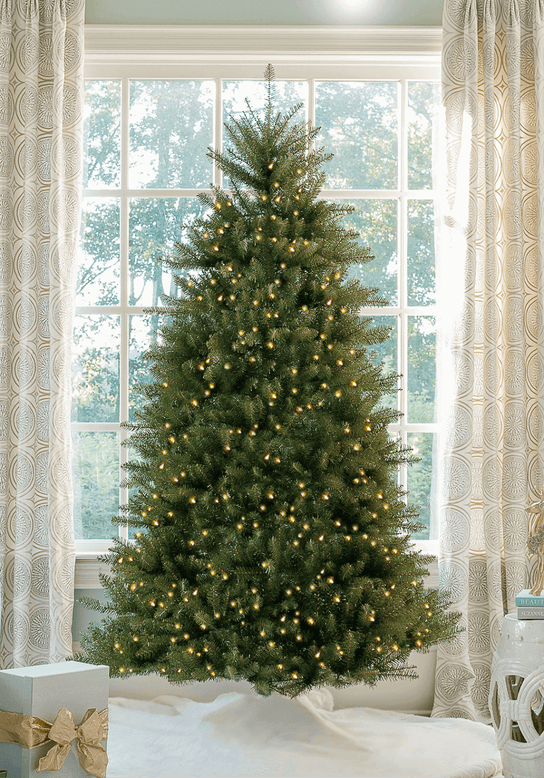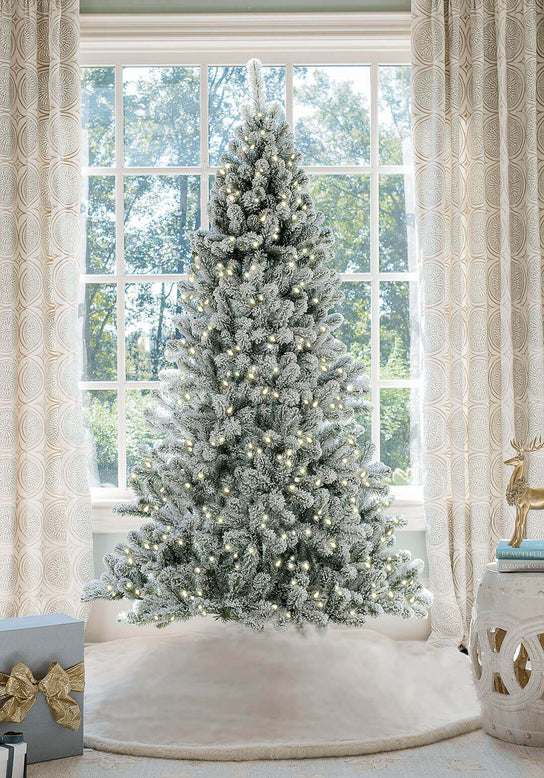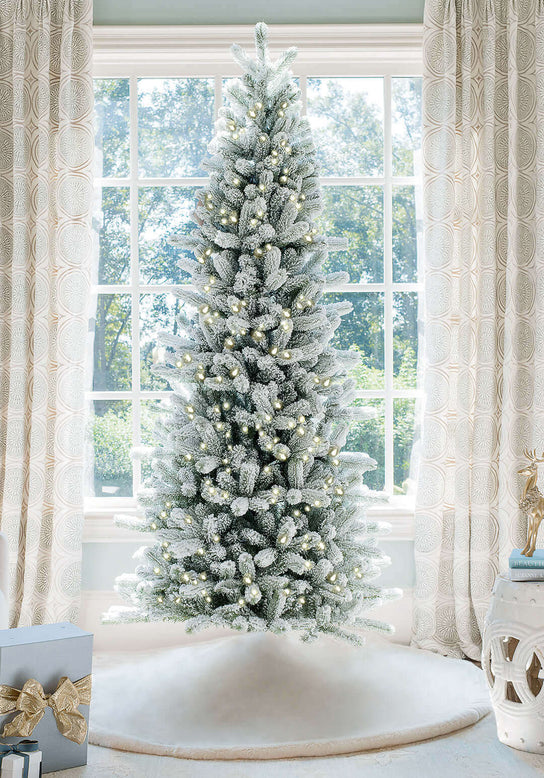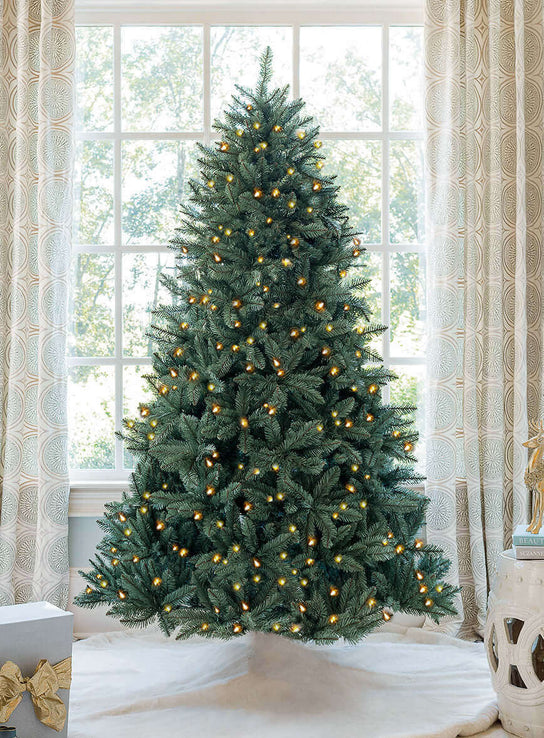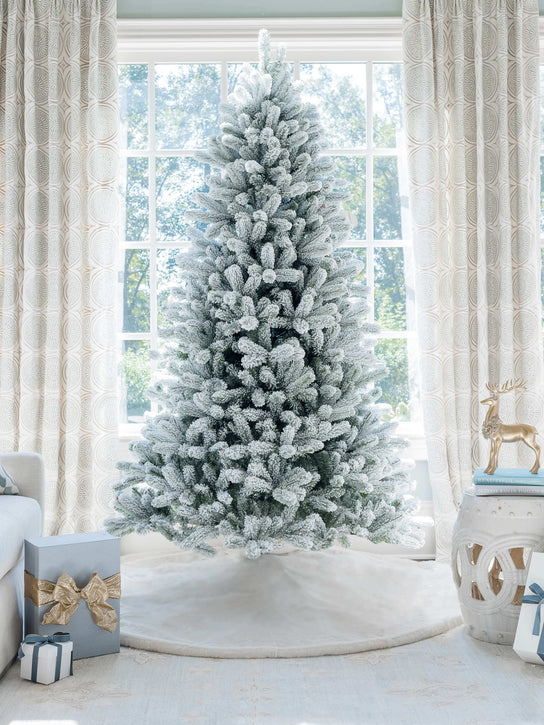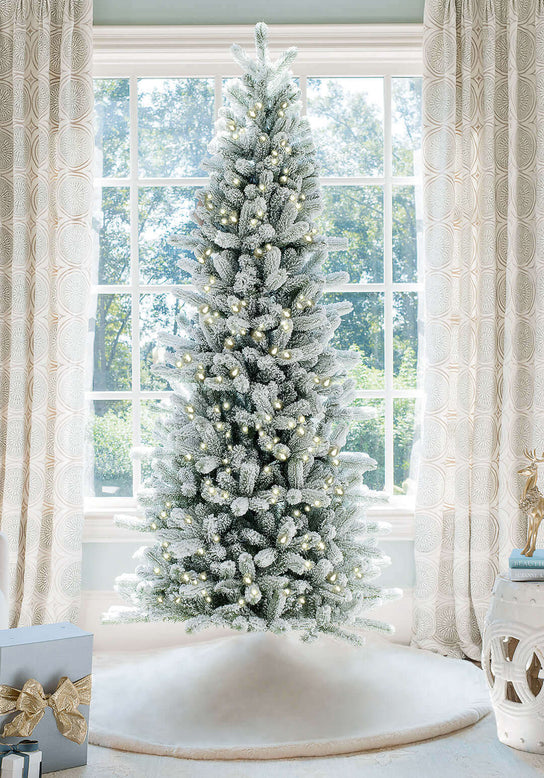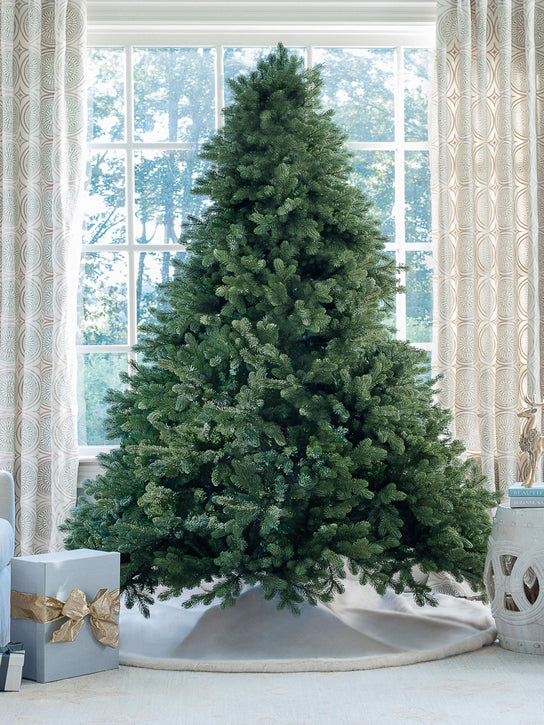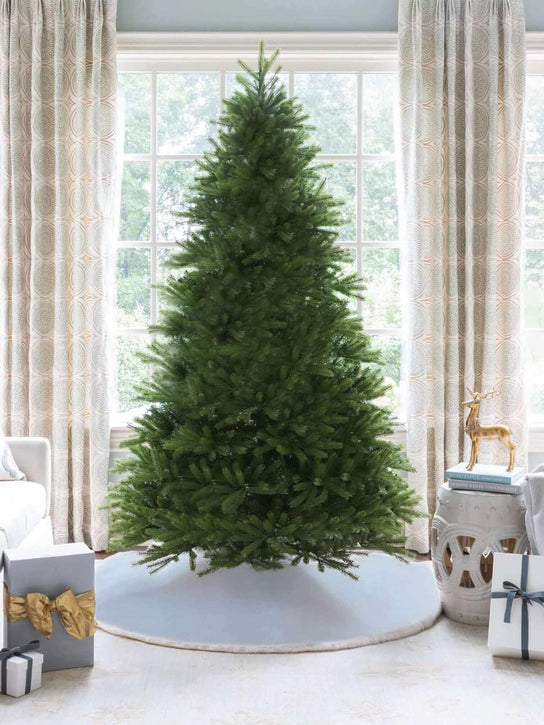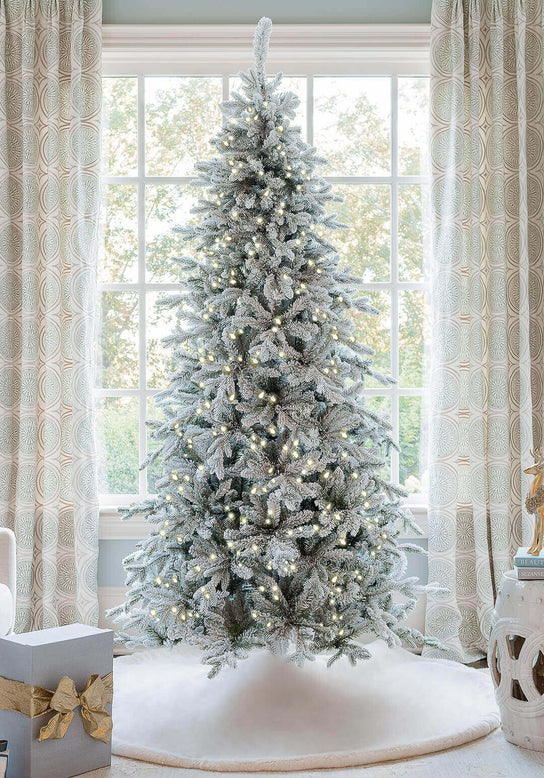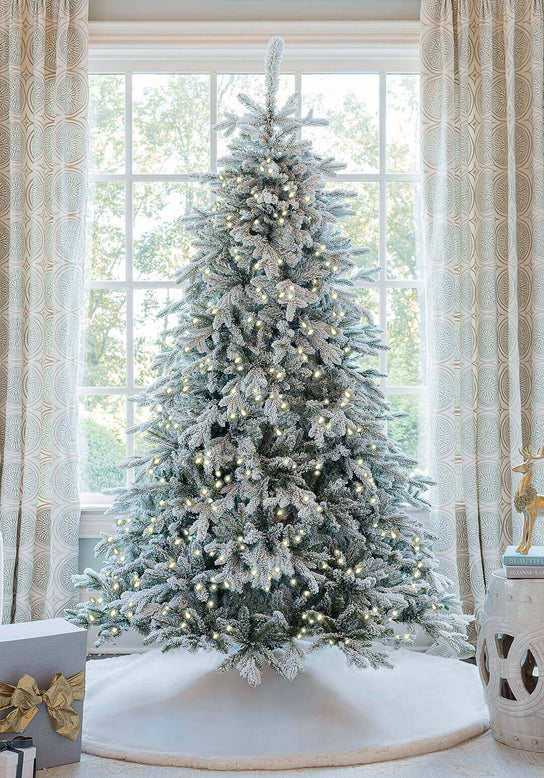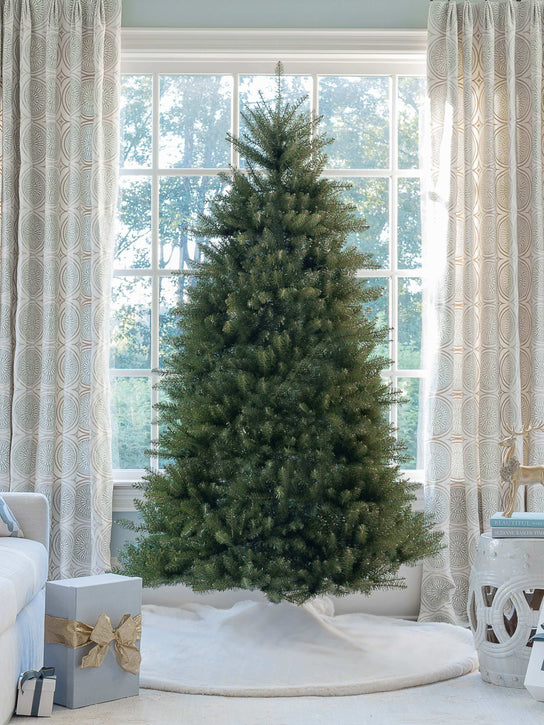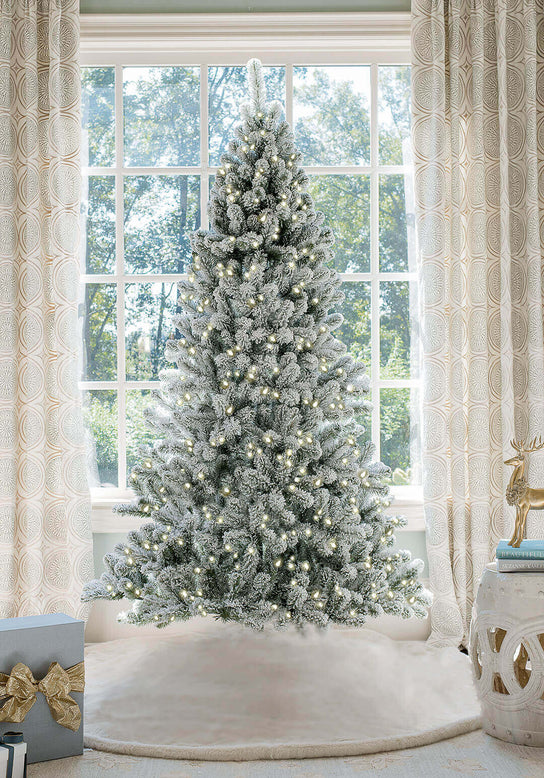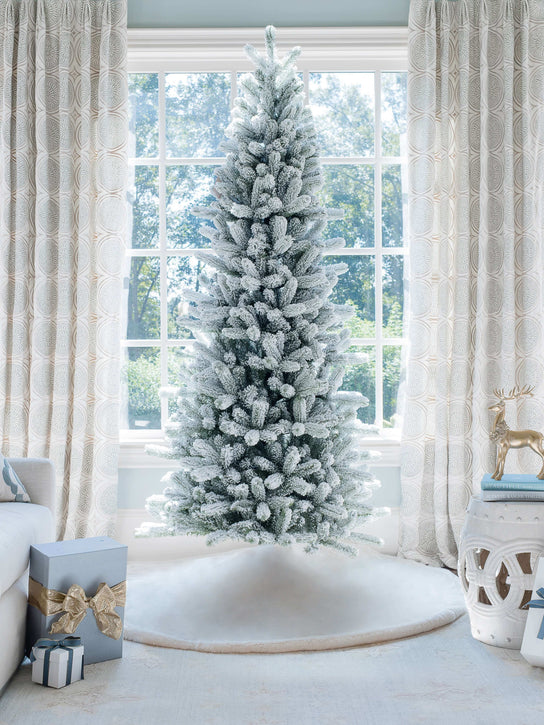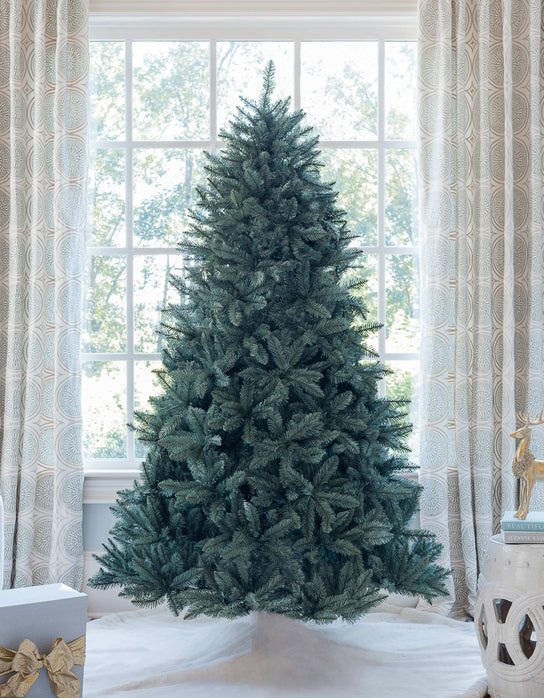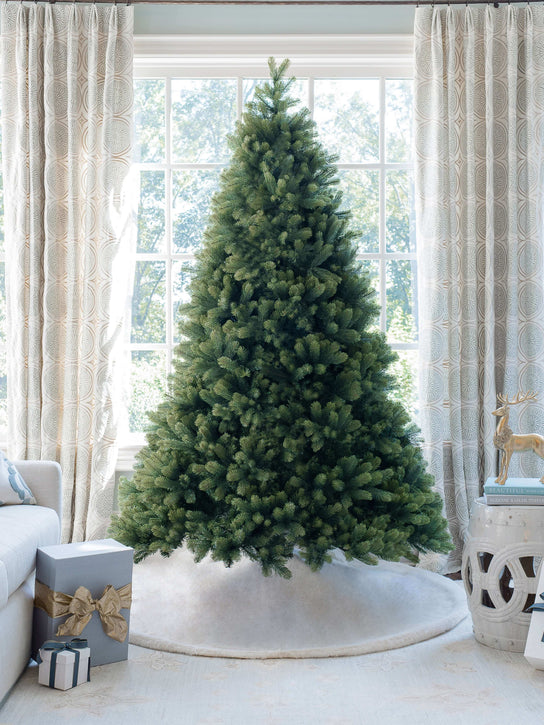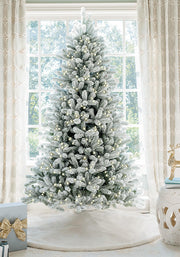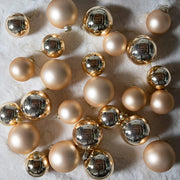After the cold and dark of winter sets in, it would be hard to find someone who doesn’t enjoy Christmas lights when they bright up homes and neighborhoods. Uplifting, joyous and literally beacons of light through wintry nights, Christmas lights are designed to be affordable, versatile, and to add a touch of color and grace to trees, mantels, staircases, and just about anywhere you want to spread good cheer.
However, as gorgeous as they can be, they are also known for their unpredictability, and can be challenging to troubleshoot without specialized tools. This guide aims to demystify your Christmas light issues and provide simple solutions for addressing some of the most frequent Christmas tree light problems.
How Do Christmas Tree Lights Really Work?
Christmas lights are typically wired in a "series," meaning that electricity flows from one bulb to the next along a single electrical pathway. For any bulb to light up, the first bulb must pass electricity sequentially to the next, from the beginning to the end of the series.
Sometimes, lights are wired in "parallel," where multiple groups of lights are connected to a single plug.
Here’s how it works:
- Each bulb socket has two wires attached: one for electricity "in" and one for electricity "out."
- The bulb connects these "in" and "out" wires together.
- The filament inside the bulb creates a path for electricity to travel from the "in" wire to the "out" wire.
- When a filament burns out, it breaks the path, causing old-style Christmas lights to stop working because the electricity can’t flow to the remaining bulbs.
Modern Christmas lights have improved this design:
- Nearly all contemporary systems with small Italian-style bulbs are designed to keep working even if a bulb burns out.
- This is because each bulb contains both a filament and a "shunt"—an alternate path for electricity.
- When the filament fails, the shunt allows electricity to bypass the broken filament and continue to the next bulb.

Cascade Failure: How it Happens
While the shunt is effective in keeping the strand lit despite a burnt-out bulb, it does introduce a new type of problem.
Each light bulb's filament uses a small amount of power. When a filament burns out, the shunt in the bulb takes over, allowing electricity to pass from one bulb to the next without dissipating power. The power that was previously used by the one burnt-out bulb is then redistributed among the remaining bulbs. This means that each of the remaining bulbs will burn slightly brighter, and therefore be under increased strain, which can lead to them burning out sooner.
If a second bulb fails, its share of power is also redistributed, continuing with each additional bulb that burns out. Then say, 10 out of 50 bulbs burn out; the bulbs that remain are handling an additional 20% more power than they were originally designed for. This increased load hastens bulb failure, leading to a situation where if even one more bulb fails, the remaining bulbs will exceed their limits and all burn out simultaneously. This phenomenon is known as a “Cascading Failure.”
There are a couple of things to note before this actually happens:
- The glass of the bulbs will darken from the excess heat
- The bulbs that are working will be burning more brightly
If you see this happening, turn off the tree right away and replace the burned out bulbs to prevent additional damage.
What to Do When an Individual Bulb is Out
Using the Lightkeeper Pro
If a bulb is burned out and the shunt fails to activate, you can address this issue using a tool called the “Lightkeeper Pro.” This handy tool can activate shunts that haven't engaged properly. While it may not fix every shunt failure, it works on many and can save you time if that’s the only issue.
Using the Leapfrog Technique
If you don’t have a Lightkeeper Pro or if it doesn’t resolve the problem, try the “Leapfrog” technique. This method is effective for fixing issues caused by a single bulb failure. While it might seem a little bit tedious, it’s actually quite straightforward and doesn’t take much time.
- Have a working strand of lights handy (or a Lightkeeper Pro, which can also test individual bulbs) to be sure that each bulb is functional.
- Find one bulb that you know is working, that you have tested in another strand of lights or with a Lightkeeper Pro.
- Ensure the failed strand of lights is connected to a working power source (outlet or extension cord) and check to be sure that all of the fuses are intact.
- Start at the plug end of the strand, and then locate the first bulb by tracing the wire.
- Remove the first non-working bulb from the socket.
- Inspect the base of the known-good bulb to make sure the wires sticking out from the base are properly bent up the sides of the bulb.
- Insert the known-good bulb into the empty socket.
- If the strand lights up, the bulb you removed is defective.
- If the strand does not light up, the bulb you inserted might still be good or bad. Test it by placing it into a socket on a functioning strand of lights or by using a Lightkeeper Pro.
- If the bulb you tested is confirmed good, use it to check the next position in the faulty strand.
- If the removed bulb cannot light up a good strand and/or cannot be confirmed as good with a Lightkeeper Pro, find another known-good bulb from a different strand or a package of spares.
- Trace the wire from the last replaced bulb in the defective strand and locate the next bulb along the strand. Remove this bulb, check the wires on the known-good bulb, and insert it into the newly opened socket.
- If the strand lights up, the previous bulb is defective.
- If it doesn’t light up, return to the previous step and continue.
- Remember that there could be many failed bulbs in one strand. But by following these steps of checking and confirming each bulb, you will identify all defective bulbs until the strand functions correctly again.
More Reasons Why Christmas Tree Lights Don’t Work
- The simplest and most common issue is a light strand that isn’t plugged into the wall or is improperly connected to another strand that might not be plugged in. It might seem oversimplified, but always be sure that the strand you’re working with is actually receiving power.
- A bulb may have burned out, and its shunt might have failed to take over in place of the filament.
- A fuse might be blown. Most Christmas light sets include a fuse within the plug. Check the fuse by opening the trap door as a quick initial step. Also, remember that Christmas extension cords often have fuses, so inspect those as well.
- A bulb’s wire might not be properly wrapped around the base of the plastic husk, which can cause the wire to intermittently touch the contacts or fail to make contact altogether.
- A bulb wire could have broken off from the base of the bulb.
- A bulb might be improperly placed in its socket—twisted, not completely inserted, etc.
- A wire may have been pulled out of its correct position in the socket, preventing it from making proper contact with a correctly inserted bulb.
Lights Still not Working? Where to Go from Here
If you’ve carefully performed the Leapfrog technique on every bulb in the strand and it still won’t light up, the issue may lie with the contacts in one of the bulb sockets, the connection of a wire to a socket, or the fuse. These problems can be more challenging to troubleshoot. If you find yourself in this situation, we're here to help!
Our customer service team is available Monday through Friday between the hours of 10AM-5PM EST. We offer chat, email and phone options for your convenience, please see our Contact Page for more details. We strive to provide our customers with utmost satisfaction with our products, so we will answer your inquiries as soon as we can. Here’s to a joyous and well-lit Christmas season!


